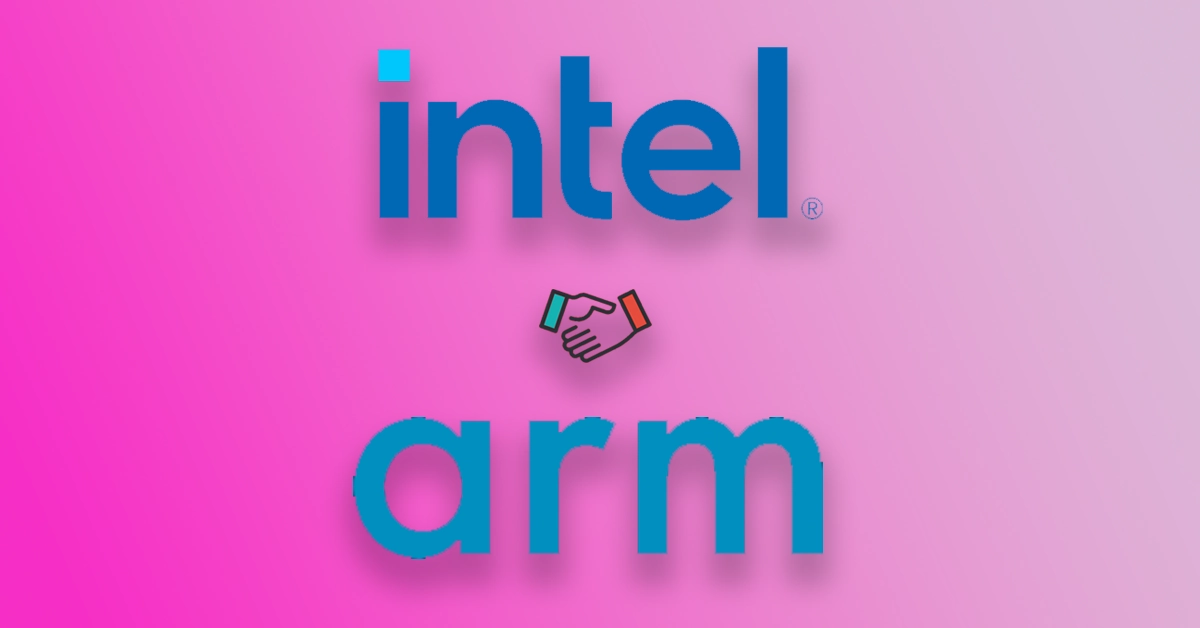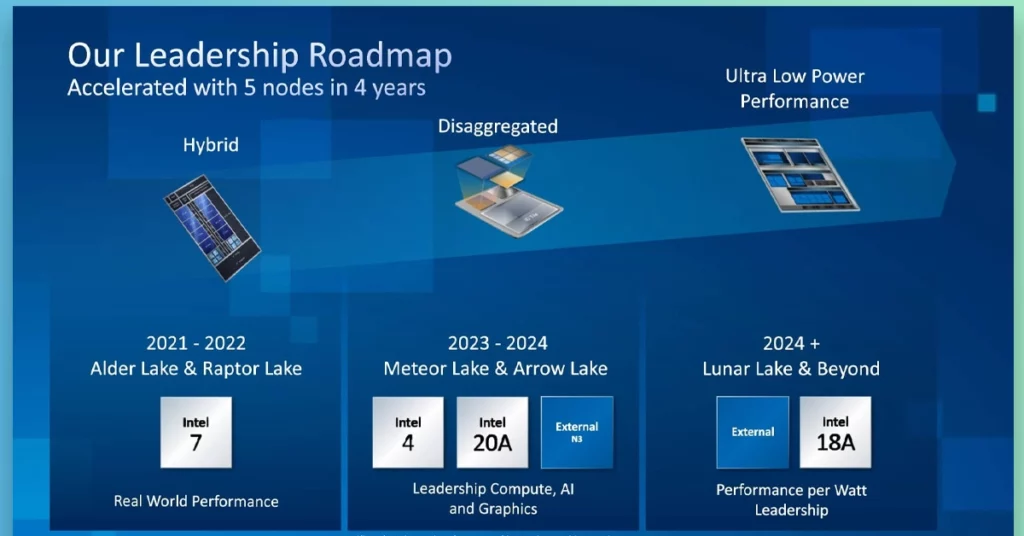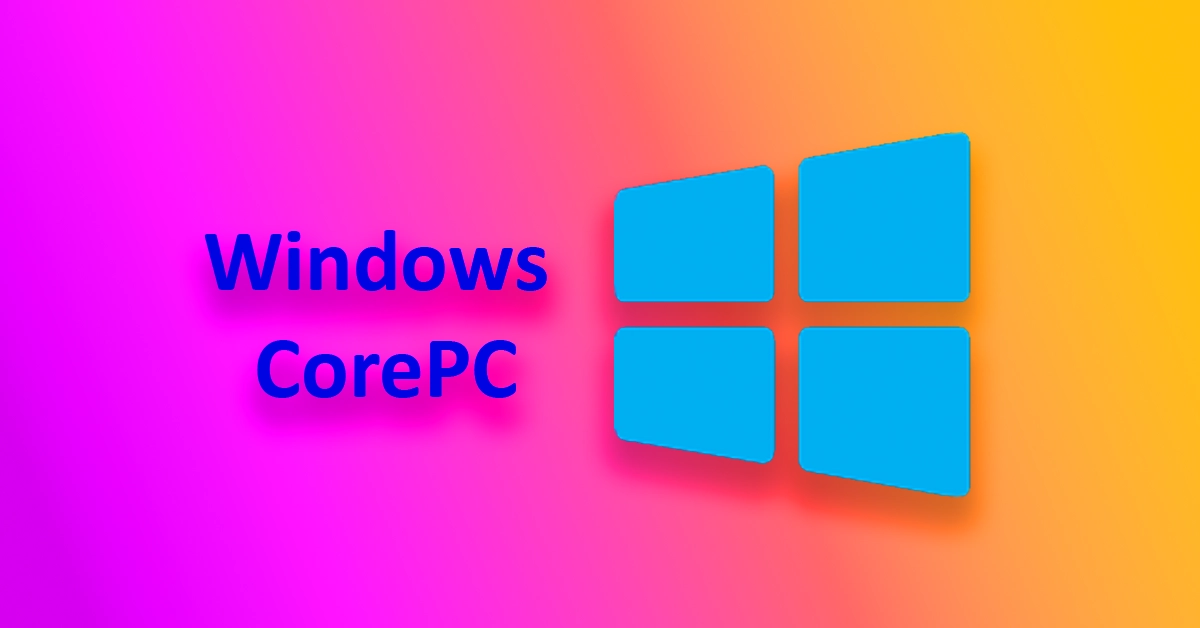
Intel to manufacture ARM chips just like TSMC
Snehil
- 1
Intel, the chipmaking giant, is planning to manufacture ARM chips. Yes that’s right, if you read this twice. However, Intel doesn’t have plans to ditch its x86 archticture and embrace ARM. But it will be using its expertise in chipmaking for third party vendors like Qualcomm, Apple, Mediatek and others who need ARM chips, but don’t have their own manufacturing units.
“There is growing demand for computing power driven by the digitization of everything, but until now fabless customers have had limited options for designing around the most advanced mobile technology,” said Pat Gelsinger, CEO, Intel.
For those of you who don’t know, TSMC has been dominating the foundry industry for years, with Apple, AMD, Qualcomm, and Samsung as some of its top customers. But with Intel’s latest move, everything could change. They’ve signed a deal with ARM, which means they’ll be able to manufacture ARM-based chips for companies like Apple, AMD, Qualcomm, MediaTek and others.
This could be a game-changing move for the industry, as it may cut down on the dominance of TSMC over the chip-making process and could also boost the revenues of Intel. Intel is finally catching up with TSMC, the company that has long been regarded as the king of ARM chip manufacturing.
Table of Contents
ARM vs Intel x86
ARM and Intel x86 are two different processor architectures used in the semiconductor industry. ARM processors are designed for low power consumption and are commonly used in mobile devices, while Intel x86 processors are known for their high performance and are often used in desktops, laptops, and servers. ARM processors use a reduced instruction set, while Intel x86 processors use a complex instruction set. We have a detailed blog post on ARM vs Intel’s x86 architecture.
Intel has Bigger Plans
But that’s not all – Intel is not just limiting themselves to ARM chips. They’re also planning to manufacture x86 and RISC-V chips as well, and in the future they might be able to combine all three into single packages. Imagine having the power of all three in one solution – that’s the future Intel is aiming for.
Intel has recently moved from its 10nm process to Intel 4 (7nm EUV), and is now preparing to release its Meteor Lake processors this year and 3nm based Arrow Lake processors next year. This means that their chips will be more efficient in terms of power, performance, area, and cost. But Intel isn’t stopping there – they’ve set their sights on even smaller manufacturing processes, with plans to reach 2nm by 2026.
TSMC has been at the forefront of the semiconductor industry, especially in the field of nanometer-scale process technology. The company has been dominating the 7nm and 5nm process nodes for several years, (ahead of Samsung) with top clients such as Apple, AMD, and NVIDIA.

Battle for supremacy – Intel vs TSMC
Intel has struggled to keep up with TSMC’s lead. In 2018, Intel faced significant delays in their 10nm process, while TSMC was already ramping up production for its 7nm process. Even now, as TSMC is actively producing 3nm based M3 and A17 bionic chips for Apple, Intel is still in the process of reaching its 5nm process, which has been delayed multiple times. TSMC’s lead in nanometer-scale process technology has given them a significant advantage in the semiconductor industry, and it remains to be seen if Intel can catch up.
While TSMC has been dominating the semiconductor industry with its cutting-edge process technology, the company is also facing some scaling issues as it moves beyond the 3nm process. As the manufacturing process gets smaller, its investment to profitability ratio reduces drastically.
TSMC’s problem is Intel’s Advantage
TSMC has been facing a major scaling problem, due to its sole foundry in Taiwan, which has been experiencing political instability for the last few years. This has concerned major customers, like Apple, Qualcomm, who don’t want to be reliant solely on TSMC now. In view of this, TSMC has announced plans to set up a foundry in the US to diversify its supply chain and mitigate any potential political risks in Taiwan. This could in turn open up opportunities for Intel to level out its lag or even surpass TSMC in the foundry game. Intel is also making significant strides in its manufacturing technology, with plans to reach 2nm by 2026.
With Intel’s newfound ability to manufacture ARM-based chips, as well as their existing expertise in x86 and RISC-V chips, they could be in a prime position to take on TSMC’s dominant position. It remains to be seen how the industry will evolve, but the competition between Intel and TSMC is heating up, and it’s an exciting time for the semiconductor industry as a whole.
It’s clear that Intel is taking the fight to TSMC, and the foundry industry is about to get a lot more interesting. Only time will tell if Intel can live up to their promises and become a serious contender, but one thing’s for sure – this announcement has set the tech world abuzz, and we can’t wait to see what happens next.
FAQs
What is the difference between ARM and Intel x86?
ARM processors are designed for low power consumption and are commonly used in mobile devices, while Intel x86 processors are known for their high performance and are often used in desktops, laptops, and servers.
What is Intel’s plan with ARM chips?
Intel plans to manufacture ARM-based chips for third party vendors like Qualcomm, Apple, and Mediatek who need ARM chips but don’t have their own manufacturing units.
Who are some of TSMC’s top customers?
TSMC’s top customers include Apple, AMD, Qualcomm, and Mediatek
How does Intel plan to compete with TSMC in the foundry industry?
Intel plans to manufacture not only ARM-based chips but also x86 and RISC-V chips. They are also making significant strides in their manufacturing technology with plans to reach 2nm by 2026.
What scaling issues is TSMC facing?
TSMC has been facing a major scaling problem due to its sole foundry in Taiwan, which has been experiencing political instability for the last few years. This has concerned major customers like Apple and Qualcomm, who don’t want to be solely reliant on TSMC.
What is TSMC doing to mitigate potential political risks in Taiwan?
TSMC has announced plans to set up a foundry in the US to diversify its supply chain and mitigate any potential political risks in Taiwan.
Can Intel catch up with TSMC in the foundry industry?
Intel’s newfound ability to manufacture ARM-based chips, as well as their existing expertise in x86 and RISC-V chips, could position them to take on TSMC’s dominant position. It remains to be seen how the industry will evolve, but the competition between Intel and TSMC is heating up.



Good post. I learn something totally new and challenging on blogs I stumbleupon on a daily basis. Its always useful to read content from other authors and practice something from their websites.